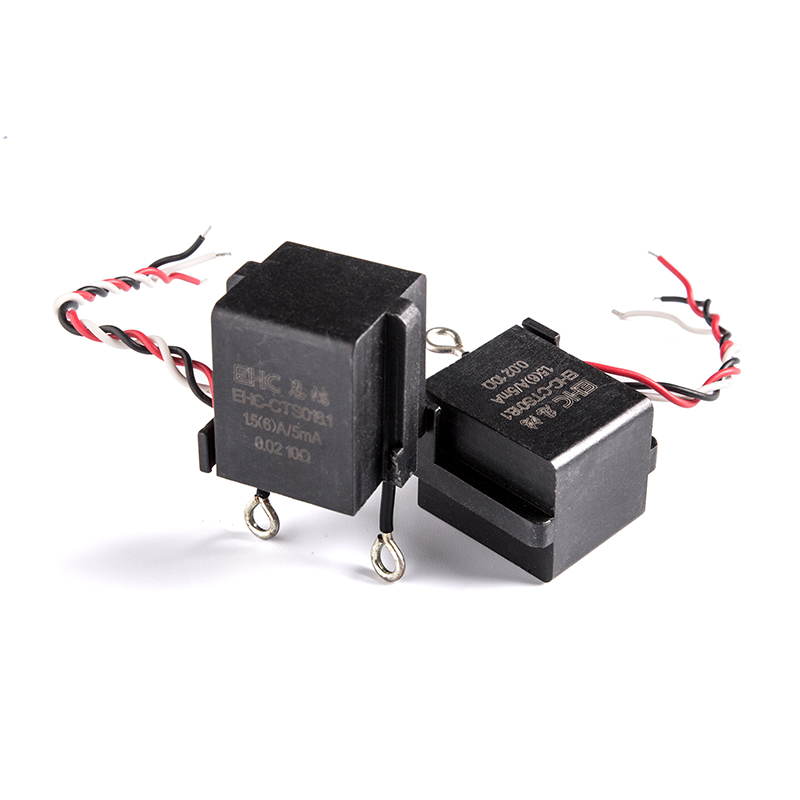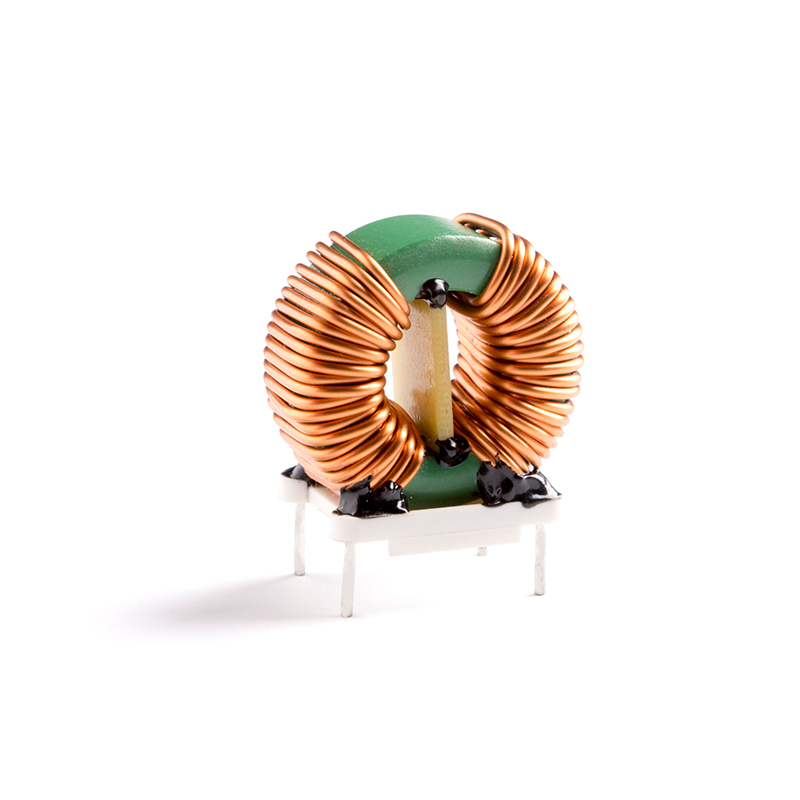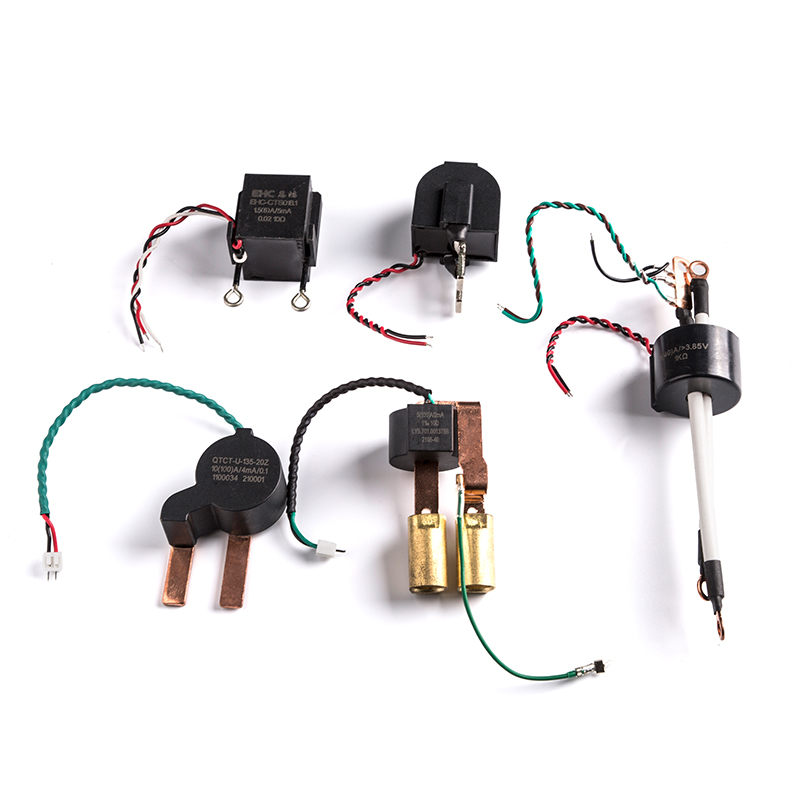In the manufacturing process of current transformers, high precision, and low error are pursued, but do you know the factors that affect the errors of current transformers?
Here we clarify the following six points:
1. Current input
The larger the input current, the higher the magnetic density of the magnetic core proportionally, and at the same time the magnetic permeability and loss angle increase, thereby reducing the transformer voltage difference, reducing the phase difference, and finally reducing the transformer error.
2. The square of the number of turns of the secondary winding
This error is inversely proportional to the square of the number of turns in the secondary winding.
In theory, increasing the number of secondary turns can reduce transformer errors. However, the larger the number of secondary turns, the higher the internal resistance of the secondary winding, which limits the reduction of the error. The single-turn or busbar current transformer has the simplest structure and saves the most materials, but once the primary current becomes small, the error will increase rapidly, which cannot meet the accuracy level requirements.
3. Average magnetic path length
This error is proportional to the average magnetic path length.
The window area of the core affects the magnetic path length of the core, and the size of the window must ensure that the primary and secondary windings can be installed and insulated. After satisfying this requirement, we try to reduce the window area as much as possible. Because the smaller the window area of the magnetic core is, the smaller the magnetic path length of the magnetic core is, the smaller the error is, and the material is saved.
4. Core cross-sectional area and shape
This error is inversely proportional to the core cross-sectional area.
Core cross-section shape also affects transformer errors. Because for the same core cross-sectional area, the higher the score, the shorter the average magnetic path length. For iron cores with the same height and width, the winding copper wire is required to be the shortest and the resistance is the smallest. That's why we need to consider the proportional relationship between core height and width when designing.
5. Core magnetic permeability
Transformer errors are inversely proportional to core permeability.
6. Secondary load
The error of the transformer is proportional to the size of the secondary load. In the process of increasing the secondary load, the magnetic density and permeability of the core increase slightly. So the transformer error increases with the secondary load, but not proportionally.
What Are The Influence Current Transformer Errors?
Recommended Products
-
 View More >>
View More >>
Non-Toroidal C-Type Cut Amorphous Nanocrystalline Cores
Industry: Amorphous Nanocrystalline Core
-
 View More >>
View More >>
EHC-VCT Series for Power supply
Industry: Current Transformer
-
 View More >>
View More >>
Transformers Cores Amorphous Nanocrystalline Cores
Industry: Amorphous Nanocrystalline Core
-
 View More >>
View More >>
Amorphous Nanocrystalline Inductor Cores
Industry: Amorphous Nanocrystalline Core
-
 View More >>
View More >>
CTS Series Terminal High Precision Amorphous Nanocrystalline Current Transformers
Industry: Current Transformer
-
 View More >>
View More >>
Rectangular hysteresis loop Cores
Industry: Amorphous Nanocrystalline Core
-
 View More >>
View More >>
High Linear Current Transformers
Industry: Current Transformer
-
 View More >>
View More >>
Common Mode Choke Amorphous Nanocrystalline Inductors
Industry: Amorphous Nanocrystalline Inductors

 English
English 中文简体
中文简体 Deutsch
Deutsch 日本語
日本語

